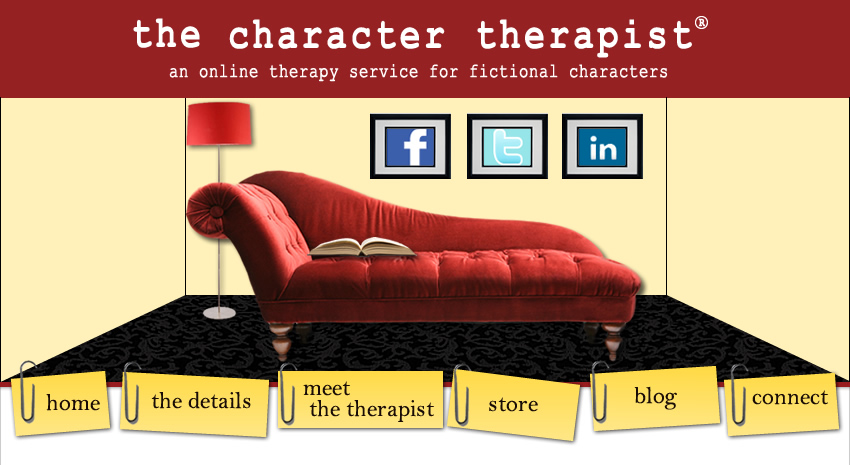Why should writing be any different?
I'm not talking about your "voice"--the part of your personality that seeps onto the page. I'm talking about the actual way you type your words, especially your dialogue.
I've been collecting various writing techniques that can convey certain emotions by showing with the actual words. Description is unnecessary for how the character feels, because the words are displayed on the page so creatively that it's a no-brainer for the reader.
Here's two types of examples, using sentence structure change, to convey an (emotion):
1a. "Pleasedontbedeadpleasedontbedeadpleasedontbedead." (dread, fear)
1b. Hesgoingtoaskmeouthesgoingtoaskmeouthesgoingtoaskmeout! (anticipation, joy)
2a. "Stop. Following. Me." (frustration, exasperation)
2b. "Read. My. Lips." (impatience)
2c. "Get. (separated paragraphs implies more intense frustration/anger)
"Lost."
Here's three examples of altering word spacing/adding a word:
3a. "I feel like I'm f l o a t i n g..." (detachment, confusion)
3b. Crrrraaaaaaaap. (anxiety, disappointment)
3c. "Febru-frickin'-ary can't be over soon enough." (bitterness, bored, irritation)
And finally, a few examples of changing accepted punctuation/grammar rules:
4. "Who cares." (resignation)
5. "You're pretty arrogant, aren't you." (amusement, condescension)
6. "Where you at?" (exasperation/curiosity, via a subculture colloquialism)
Emotion can pour through the structuring of your words on the page. You just have to give it a little thought.








3 comments:
Great examples, Jeannie! And you are so right. In the real world, we don't talk in the exact same manner all the time. It varies with our emotions. Thank you for the illustrations.
Post a Comment
Both comments and questions are welcome. I hope you enjoyed your time on the couch today.